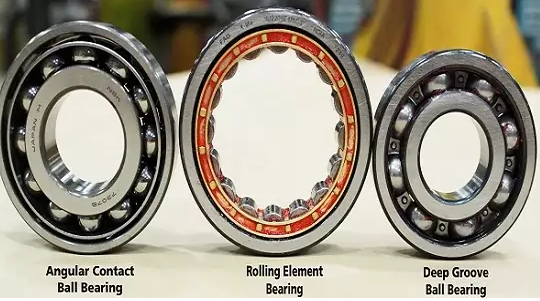Linear bearings play a vital role in various mechanical systems and equipment, allowing for linear motion with minimal friction. They're integral to machines from simple 3D printers to complex industrial equipment. A key parameter to consider when choosing a linear bearing is the maximum weight it can support – its load capacity. This is what we are going to delve into in this article.
Firstly, we need to understand that linear bearings come in a multitude of shapes, sizes, and types, which means the weight each type can bear significantly varies. Some might bear only a few pounds while others can support several tons of weight. The load capacity depends on factors including the bearing's design, material, and size.
Design plays a substantial role in determining the weight a linear bearing can hold. Bearings with more contact points can distribute weight more effectively, increasing load capacity. Conversely, designs with fewer contact points might not withstand as much weight. So, examining the design is essential when selecting a linear bearing for your application.
Material is another important factor. For instance, a bearing made of hardened steel will typically have a higher load capacity than one made from a lighter, less durable material such as plastic. The material's quality will also affect the bearing's ability to withstand the forces exerted on it over a prolonged period, and thus, directly impact its lifespan.

The bearing size, particularly the diameter, can greatly influence the load capacity.ShengBen. Larger bearings can often hold more weight due to the increased surface area that can distribute the load. However, larger bearings can be heavier and take up more space, which might not be ideal for every application. Therefore, finding a balance between the load capacity and size becomes necessary.
One critical aspect to consider is the difference between static and dynamic load capacities. Static load capacity refers to the maximum weight a linear bearing can hold while stationary. On the other hand, dynamic load capacity refers to the maximum weight it can support while in motion. Both these capacities play a vital role when it comes to choosing a linear bearing for your machine or system.
Linear bearings manufacturers typically provide all this information in their product specifications. When selecting a linear bearing for a specific application, make sure to compare these specifications against your application's requirements to ensure the bearing will perform optimally.
In conclusion, determining the load capacity of a linear bearing requires careful consideration of several factors. Knowing the differences between different designs, materials, and sizes can help you make an informed decision. Remember to always consider both static and dynamic load capacities, and always cross-reference them with your specific application's needs. Making the right choice will result in improved performance and lifespan of your equipment.